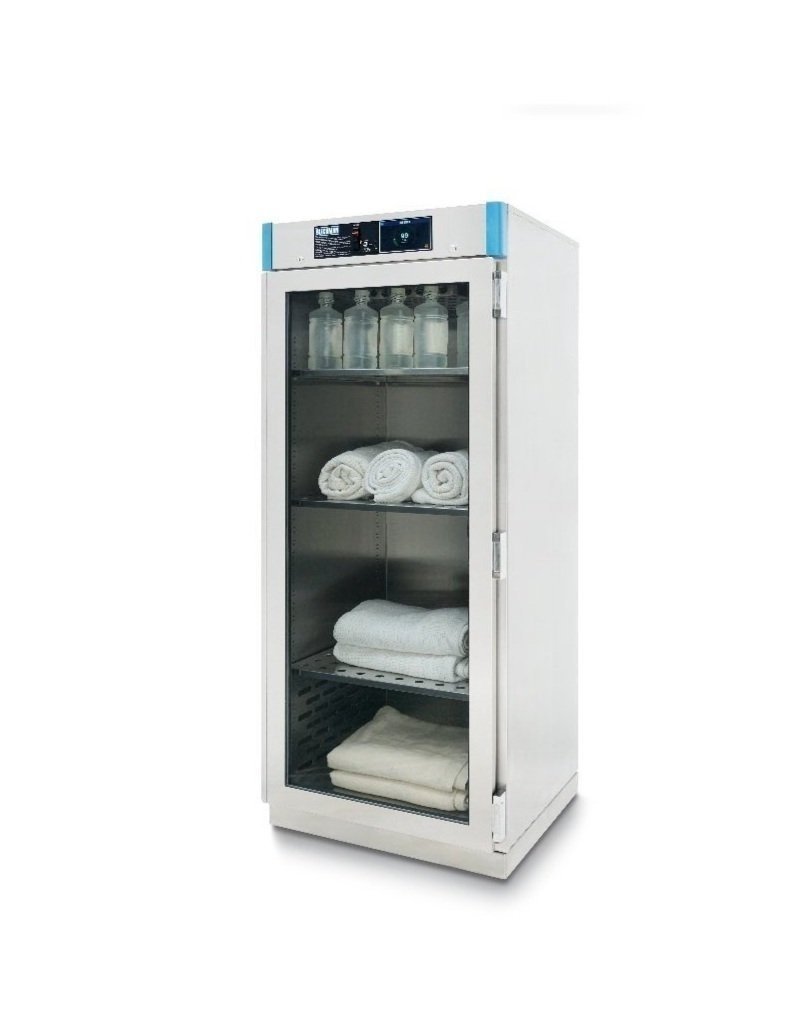6 Ways Fluid and Blanket Warmers Support Patient Health
The 21st-century healthcare is patient-centered and focused on providing patients with the best care possible. As opposed to yesteryear healthcare characterized by bland hospital food, ill-fitting gowns, and poor service, today's healthcare is changing. Patient comfort and satisfaction are becoming a priority. Health institutions are striving to provide patients with exceptional care and excellent service.
Fluid and blanket warming is among the ways to offer patients excellent care and keep them comfortable and relaxed during their hospital stay. It encompasses keeping blankets, irrigation solutions, intravenous fluids, and injection fluids at optimal temperatures to promote patient health. Whether used in the emergency, delivery, surgery or recovery room, blanket and fluid warmers are valuable additions to a health facility. Below are five ways fluid and blanket warming support patient health:
1. Enhance Clinical Outcomes
Fluid and blanket warming improve patients' clinical outcomes by reducing anxiety, lessening bleeding, increasing response to medication, and reducing chances of cardiac problems. When patients are kept warm, they require less anesthesia to put them to sleep. In many cases, patients awaiting surgery wait for long duration in low-temperature rooms and often experience anxiety. Offering them a warmed blanket can reduce their anxiety, increase their comfort, and reduce cases of hypothermia resulting in better clinical outcomes.
2. Improve patient satisfaction
Hospital admission is a stressful event for any patient. A patient is uncertain about their medical condition and away from the comfort of home. Offering a patient a warmed blanket keeps them comfortable and relaxed and makes their treatment and recuperation positive. A warmed blanket may feel like a trivial thing but goes a long way on soothing and calming a nervous patient.
When preparing for surgery, a patient may experience mixed feelings ranging from anxiety to shivering and nervousness. Blanket warming offers a patient reassurance that the medics care about his wellbeing and reduces shivering. It increases patient satisfaction with care by enhancing patient comfort and creating a sense of wellbeing. Research shows that among the key drivers of patient satisfaction in hospitals is the comfort level. Patients contend that simple things such as providing them with an extra pillow, a warmed blanket and pulling their curtain for privacy increase their satisfaction substantially.
Apart from increasing patient satisfaction, blanket warming enhances the patient experience. In the past, hospitals sought to enhance patient experiences by improving amenities such as TVs and increasing room space. However, such amenities do not have quantifiable clinical outcomes, and some patients do not perceive them as personally relevant. Blanket and fluid warming is an ideal solution for improving patient experience because it has proven clinical outcomes and measurable cost efficiencies. Also, research shows its effectiveness in improving patient satisfaction.
3. Faster Recovery
Fluid and blanket warming enhance patients' recovery and reduce their hospital stay. With better thermal comfort, patients recover quickly and lower the probability of readmission. Fluid warming has numerous benefits such as maintaining normothermia, faster absorption of fluids, and improved recovery time. By using blanket and fluid warming, you can reduce hospital length stay by 40% and intensive care unit time by 43%.
4. Maintaining normothermia
A warm blanket is not a mere comfort for a surgical patient; it is a necessity to maintain the patient at normothermia –a temperature of between 360C to 380c and prevent preoperative and postoperative hypothermia. Hypothermia causes patient discomfort as well as harmful physiological and psychological responses such as hypothermic shivering, respiratory distress, reduced medication metabolism, and impaired wound healing. Also, it increases hospital length stay, mortality rates, ICU time, and surgical site infections.
Maintaining normothermia from the time the patient is admitted through to surgery and recovery has positive outcomes for faster recovery, lower infection rates, and better thermal comfort. General anesthesia causes shivering and a drop in patient temperature levels. Research shows that in the first hour following anesthesia use, body temperature decreases by up to 1.6oc. Therefore, a warmed blanket is a necessity for any procedure requiring the use of anesthesia to curb hypothermia. Notably, fluid warming including injections, blood, intravenous fluids, and irrigation solutions help patients maintain the optimal internal temperature and increase comfort during procedures.
5. Promote Patient Safety
Promoting patient safety is among the priorities of contemporary healthcare. Hospitals are obliged to take all measures necessary to ensure that patients are safe and free from harm. Fluid and blanket warming technologies have numerous benefits for patients and importantly, are safe. They offer ways to enhance patients' experiences in health organizations while guaranteeing their safety.
Currently, there are no published reports and surveys of patient injury or any other harm caused by warmed hospital blankets and fluids. Also, the warmed blankets and fluids do not cause any problem or threat to staff. A warmed blanket, for instance, only feels warm on contact and can be handled without risk.
6. Cost savings
In healthcare, technologies that have positive effects on patients and have a cost-saving feature are welcome. Fluid and blanket warming support patient health by saving money for patients and hospitals alike. Blanket warming reduces cases of postoperative complication such as hyperthermia and surgery site infection that are costly to treat. For example, the cost of treating hypothermia ranges from $2,495 to $7,037 while the cost of treating surgery site infection is approximately $25,000.
Maintaining normothermia lessens the risk of surgical bleeding and the need for blood transfusion. The cost of a unit of blood is $203, and averting such an expense is good news for patients. As mentioned earlier, fluid and blanket warming reduce hospital stay and cases of readmission saving patients huge sums of money. It also saves hospitals and healthcare funds that would otherwise be used to cater to the patients' hospitalization. A medical center in Texas estimates a cost saving of approximately $50,000 when using warmed gowns.
Fluid and blanket warming has numerous benefits for patients' health. However, it is important to ascertain that blanket and fluid warmers are kept at optimum temperatures to ensure patient safety and prevent thermal injuries. Blickman offers different sizes and types of warming technologies to ensure patients maintain normothermia from admission to discharge. They can work with you to devise warming solutions that fit your budget.







